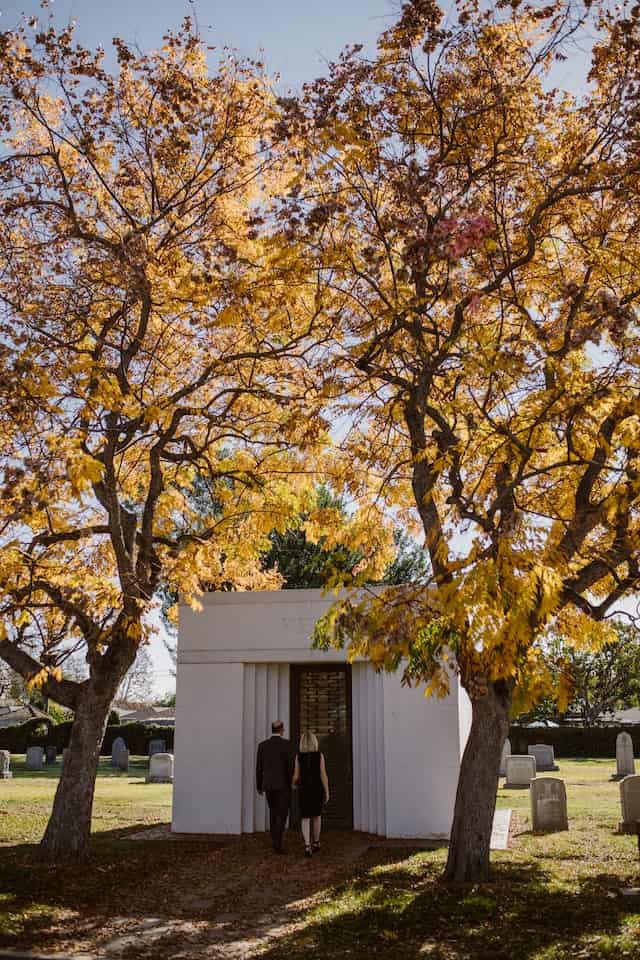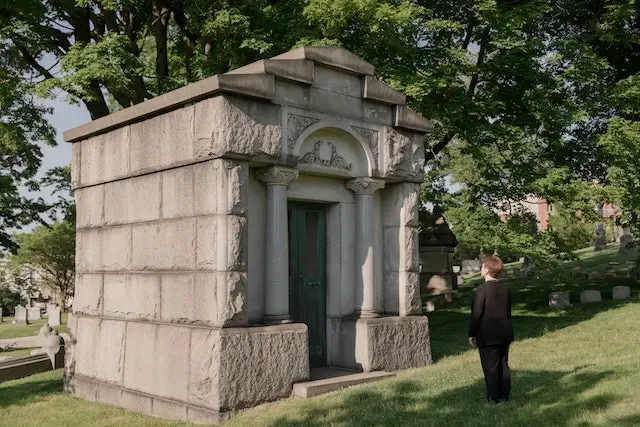Mausoleum burial has long been an intriguing and timeless method of honoring the departed. In this article, we delve into the fascinating world of mausoleums and their significance as above-ground resting places. Whether you are curious about the historical context, architectural marvels, or the benefits of this unique burial method, we have you covered. Join us on a journey through mausoleums in cemeteries Pittsburgh, PA, and discover how this practice ensures the preservation of legacies for generations to come.
A Brief History of Mausoleum Burial
Mausoleum burial finds its roots in ancient civilizations, where grand structures were erected to house the remains of prominent individuals. The term “mausoleum” originated from the Tomb of Mausolus, a splendid ancient Greek tomb. Over the centuries, mausoleums evolved and became synonymous with prestige and reverence. With their striking architecture and ornate designs, they have stood the test of time as awe-inspiring monuments. Today, mausoleums continue to capture the imagination of many, serving as an eternal tribute to those who have passed.
The Significance of Above-Ground Resting Places
Mausoleums offer a distinct alternative to traditional below-ground burials, providing a lasting memorial for families and loved ones to visit. These structures symbolize dignity, respect, and remembrance. By keeping the remains above ground, mausoleums protect against environmental factors, such as flooding or soil erosion, ensuring the preservation of the deceased’s legacy. They also provide a sheltered space for contemplation and reflection, allowing visitors to connect with their heritage. The architectural beauty of mausoleums adds to their allure, attracting tourists and history enthusiasts alike. Mausoleums have become iconic landmarks, adding cultural and historical value to the community.
Exploring Mausoleums
These remarkable structures span different architectural styles, ranging from neoclassical to Gothic Revival. One notable example is the magnificent Smithfield East End Mausoleum, showcasing stunning stained glass windows and intricate stonework. Another prominent mausoleum is the Allegheny County Memorial Park Mausoleum, known for its serene surroundings and tranquil atmosphere. Exploring these mausoleums offers a unique insight into the city’s history, culture, and the lives of those who shaped it. Whether you are a local or a visitor, embarking on a journey through mausoleums will undoubtedly leave you captivated by their splendor.
Mausoleum Burial: A Modern Perspective
In today’s society, mausoleum burial is gaining renewed interest. Many families appreciate the privacy and dignity that these structures provide. They also offer a way to maintain a family legacy and history in a prominent and lasting manner.
Caring for Mausoleums

While mausoleums are built to stand the test of time, they still require care and maintenance. Regular cleaning, inspection for damage, and repair work help preserve their structural integrity and beauty.
Conclusion
In conclusion, mausoleum burial serves as a remarkable way to preserve legacies above ground. With their historical significance, architectural beauty, and cultural value, mausoleums in cemeteries Pittsburgh, PA, offer a profound and lasting tribute to the departed. Oakland Cemetery stands as a testament to this enduring tradition, providing individuals and families with the means to honor their loved ones for generations to come. By embracing mausoleum burial, we ensure that our collective heritage remains safeguarded, forever cherished and remembered.

